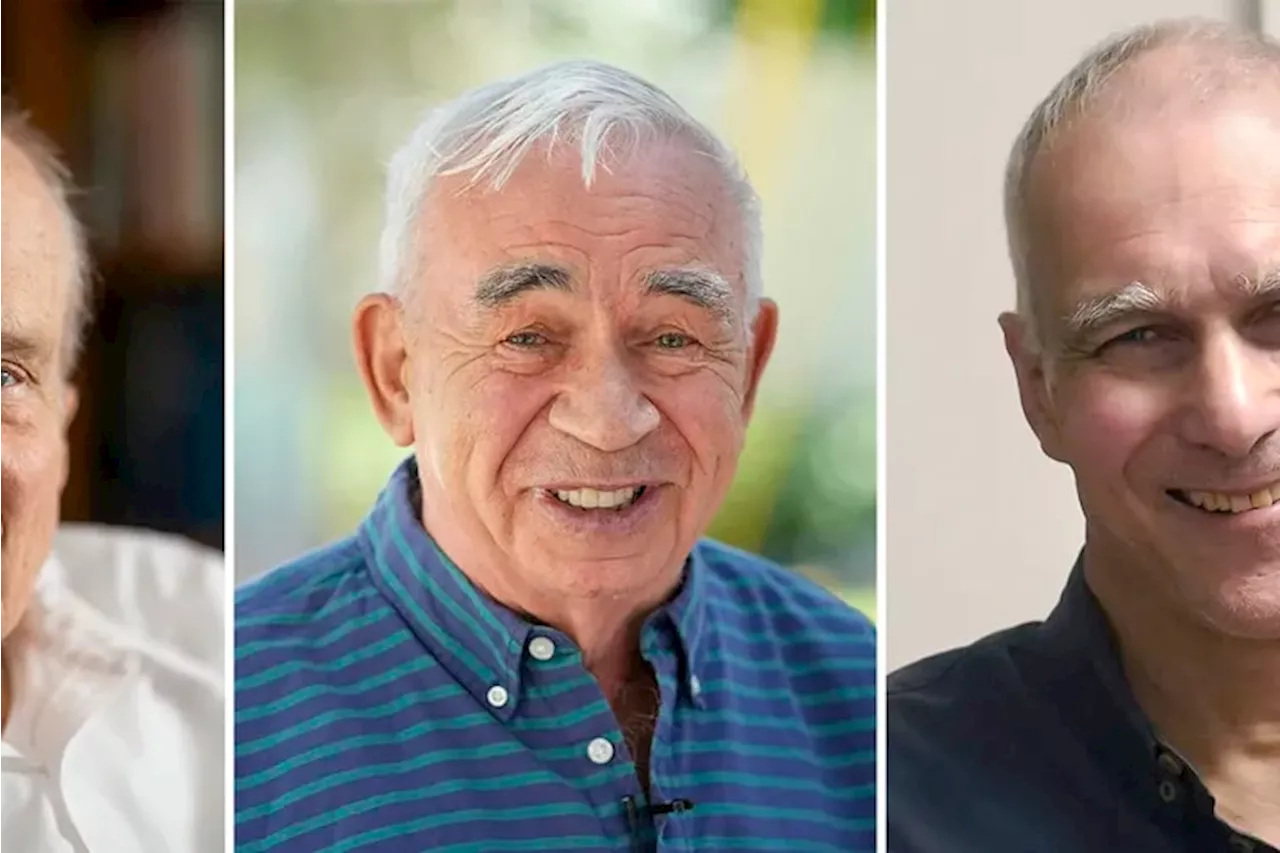Moungi Bawendi of MIT, Louis Brus of Columbia University, and Alexei Ekimov of Nanocrystals Technology Inc., were honored for their work with the tiny particles.
Professor Emeritus Louis Brus, left, Alexei Ekimov of Nanocrystals Technology Inc., center, and Massachusetts Institute of Technology scientist Moungi Bawendi. The three scientists in the United States won the Nobel Prize in chemistry for their work on quantum dots.in chemistry Wednesday for their work on quantum dots — tiny particles just a few nanometers in diameter that can release very bright colored light and whose applications in everyday life include electronics and medical imaging.
In the 1980s, Ekimov, 78, and Brus, 80, honed the theory and developed early laboratory techniques for creating particles that emit varying colors by adjusting sizes. In 1993, Bawendi, 62, developed new chemical methods for producing the particles quickly and uniformly — which soon enabled a variety of scalable commercial applications, including in electronics displays.
Today quantum dots are commonly used in electronics displays and biomedical imaging. The florescent quality of the particles allows researchers to track how drugs are delivered within the human body, as well as to study the precise location and growth of a tumor, for example.Swedish media reported hours before Wednesday’s announcement that the Royal Swedish Academy of Sciences had sent out a news release that identified Bawendi, Brus and Ekimov as the latest Nobel laureates.
The academy, which awards the physics, chemistry and economics prizes, asks for nominations a year in advance from thousands of university professors and other scholars around the world. “The motivation really is the basic science. A basic understanding, the curiosity of how does the world work? And that’s what drives scientists and academic scientists to do what they do,” he said.
México Últimas Noticias, México Titulares
Similar News:También puedes leer noticias similares a ésta que hemos recopilado de otras fuentes de noticias.
 Trio win Nobel physics prize for tiny light pulses that capture changes in atomsScientists Pierre Agostini, Ferenc Krausz and Anne L'Huillier won the 2023 Nobel Prize in Physics for creating incredibly short pulses of light that can capture processes inside atoms and molecules, in work which could advance medical diagnostics and electronics.
Trio win Nobel physics prize for tiny light pulses that capture changes in atomsScientists Pierre Agostini, Ferenc Krausz and Anne L'Huillier won the 2023 Nobel Prize in Physics for creating incredibly short pulses of light that can capture processes inside atoms and molecules, in work which could advance medical diagnostics and electronics.
Leer más »
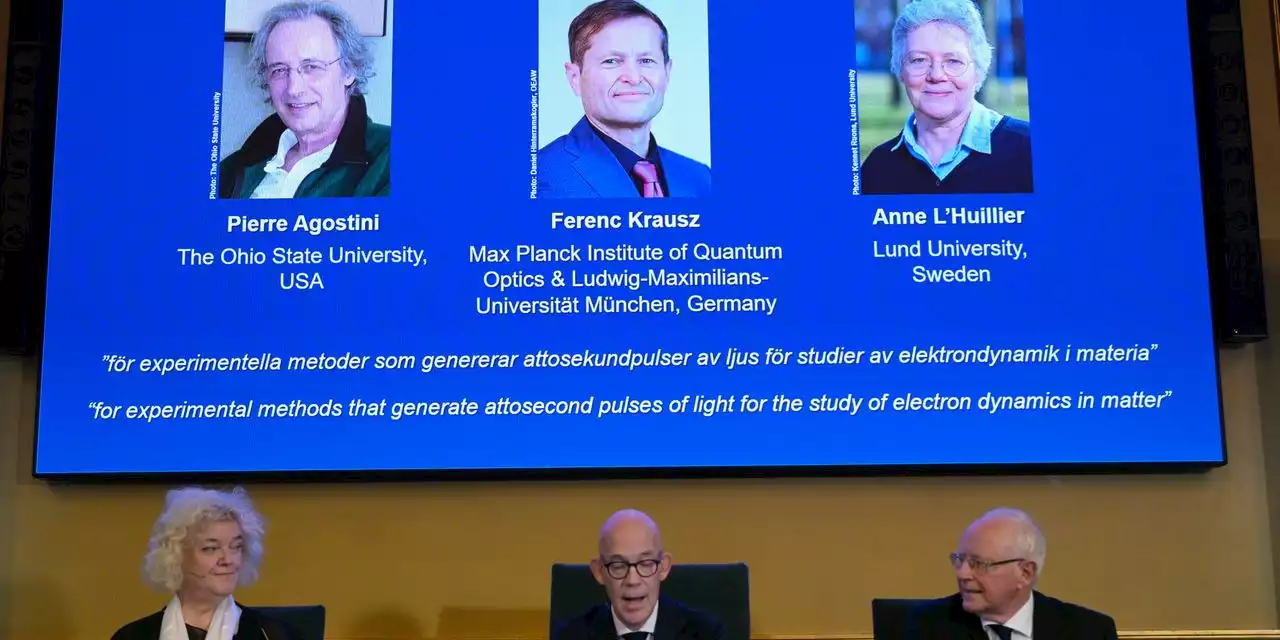 Nobel Physics Prize Awarded to Trio for Work on ElectronsThe prize was awarded to Pierre Agostini, Ferenc Krausz and Anne L’Huillier for their research studying the behavior of electrons at a tiny time scale.
Nobel Physics Prize Awarded to Trio for Work on ElectronsThe prize was awarded to Pierre Agostini, Ferenc Krausz and Anne L’Huillier for their research studying the behavior of electrons at a tiny time scale.
Leer más »
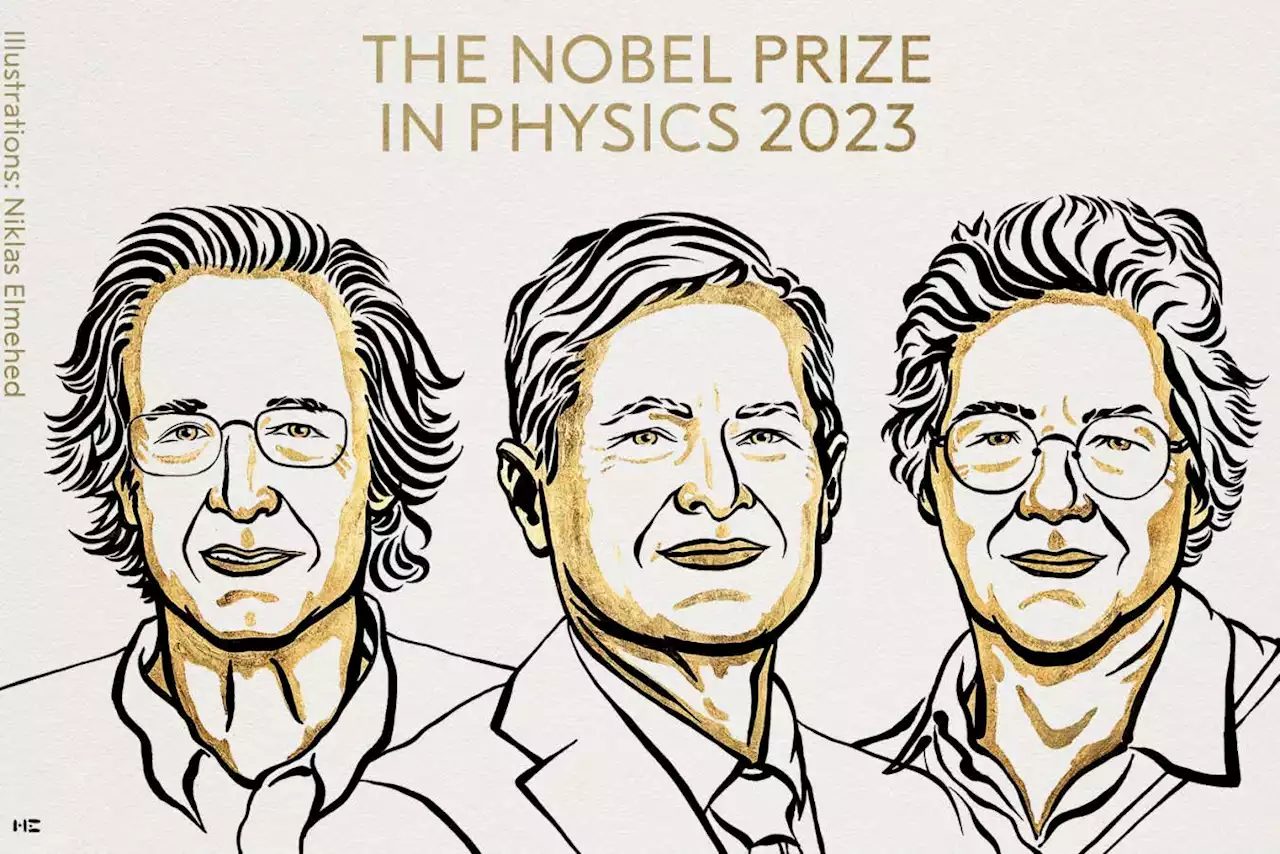 Nobel prize for physics goes to trio who sliced up time with lightPierre Agostini, Ferenc Krausz and Anne L’Huillier figured out how to generate attosecond pulses of light, which last a billionth of a billionth of a second and can be used to make movies of electrons - a find that has won them the 2023 Nobel prize in physics
Nobel prize for physics goes to trio who sliced up time with lightPierre Agostini, Ferenc Krausz and Anne L’Huillier figured out how to generate attosecond pulses of light, which last a billionth of a billionth of a second and can be used to make movies of electrons - a find that has won them the 2023 Nobel prize in physics
Leer más »
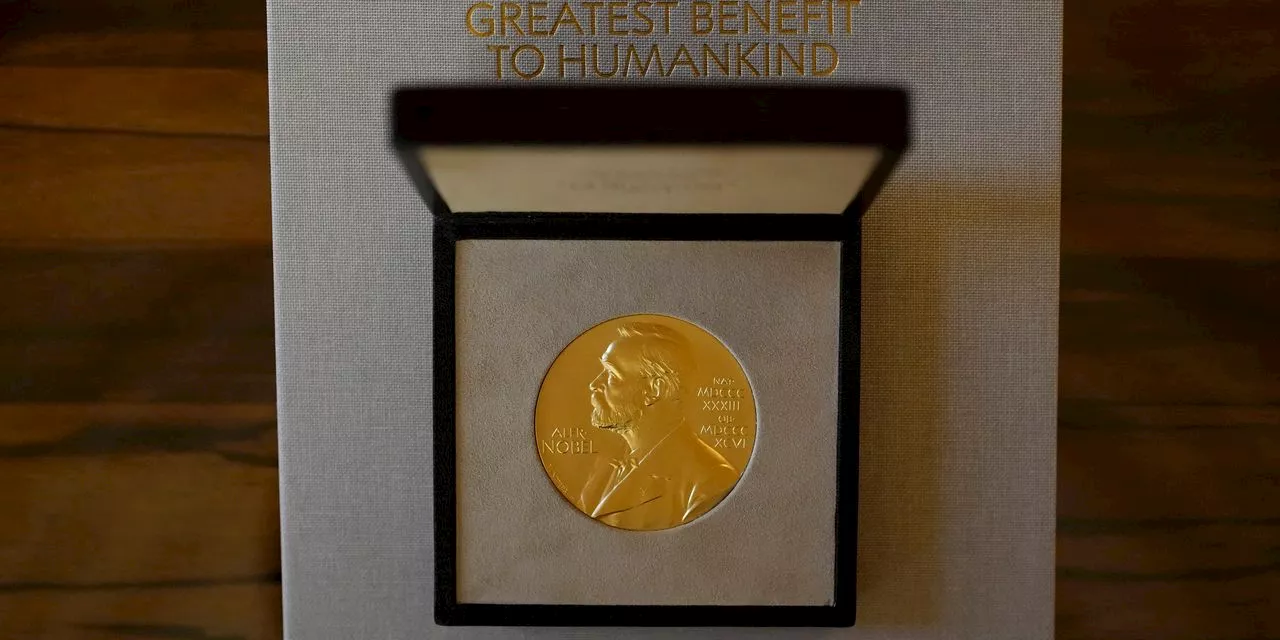 Trio win Nobel chemistry prize for quantum dotsThe Nobel Prize in chemistry has been awarded to Moungi Bawendi, Louis Brus and Alexei Ekimov for their work on tiny quantum dots.
Trio win Nobel chemistry prize for quantum dotsThe Nobel Prize in chemistry has been awarded to Moungi Bawendi, Louis Brus and Alexei Ekimov for their work on tiny quantum dots.
Leer más »
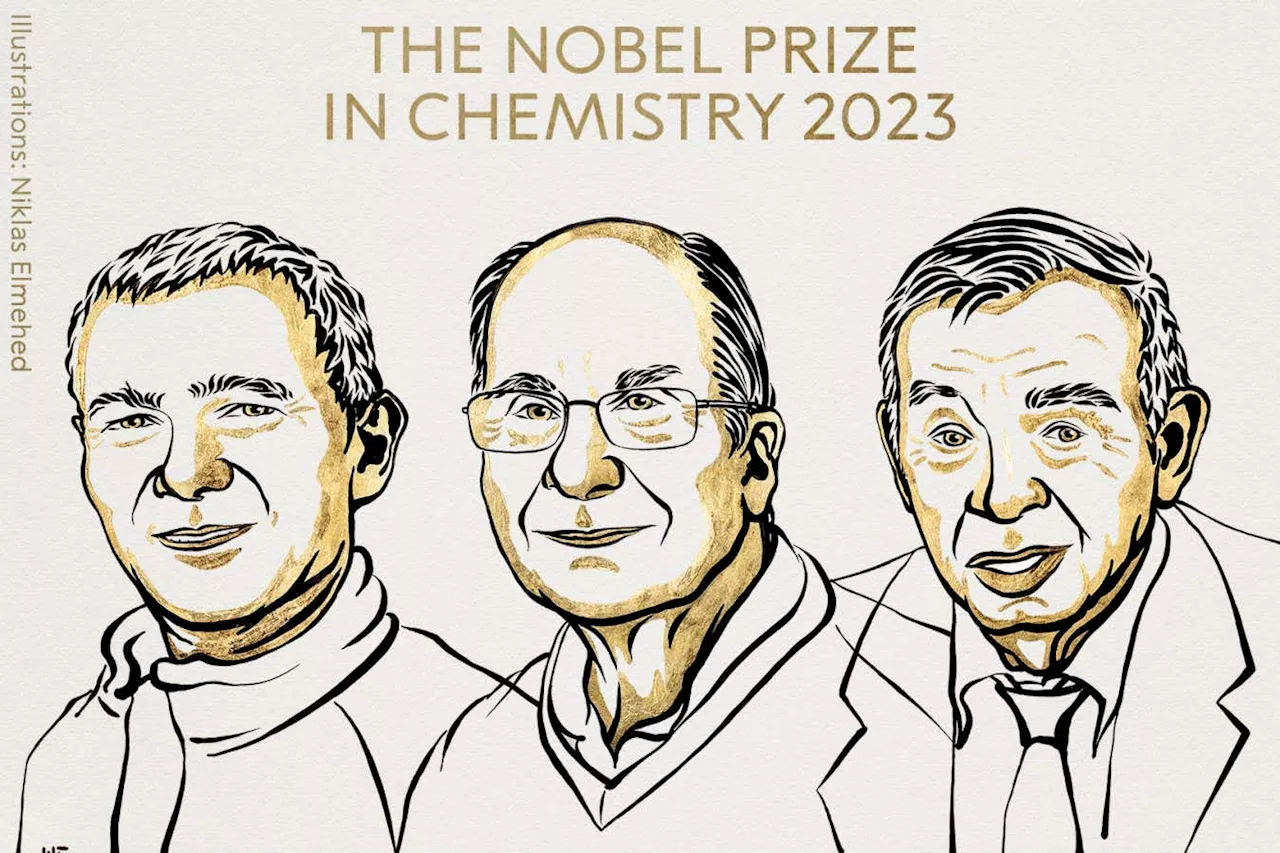 Nobel Prize for chemistry goes to trio behind quantum dots workThe tiny crystals, only a few nanometres in size, have applications in computing, lasers and microscopy
Nobel Prize for chemistry goes to trio behind quantum dots workThe tiny crystals, only a few nanometres in size, have applications in computing, lasers and microscopy
Leer más »
 Trio wins Nobel Prize in chemistry for work on quantum dotsThe particles are a few atoms in diameter, can release very bright light and are used in electronics and medical imaging.
Trio wins Nobel Prize in chemistry for work on quantum dotsThe particles are a few atoms in diameter, can release very bright light and are used in electronics and medical imaging.
Leer más »
